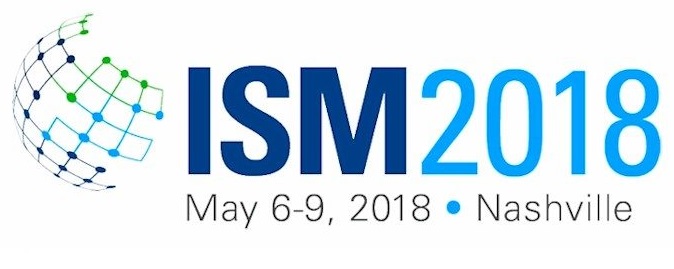Inside Supply Management Magazine
Steel Buyers: Prepare forPossible Shortages in Q4

Steel: Lock Now or Buy on Spot? The Prices
and Availability Outlook for the Next 12 Months
ISM2018 session on Sunday, May 6
For the steel buyer, the latter half of 2018 will likely be “pure misery.” This according to John Anton, associate director — pricing and purchasing for IHS Markit, the United Kingdom-based global information provider.
Anton said that while the recently imposed steel and aluminum tariffs will impact U.S. prices, the quotas imposed by the Trump administration could cause the greatest damage.
The administration has already reached an agreement with South Korea for a quota of about 2.68 million tons of steel exports a year, or about 70 percent of its average annual export volume to the U.S. In addition, agreements in principle have been reached with Argentina, Australia and Brazil regarding steel and aluminum quotas; the administration has yet to issue further details. The European Union may also receive quotas, Anton noted, or tariffs.
“This may be the worst period in steel buying in modern history,” said Anton. “Once the tonnage runs out, there will be shortages.”
Among the other highlights from Anton’s presentation:
●The quotas come in two “flavors” — exemptions (for countries) and exclusions (for products). The U.S. Commerce Department seems intent on making the product-exclusion procedure as difficult as possible, Anton noted. Neither sellers nor trade groups can apply for exclusion, he pointed out, and each buyer must apply individually for exclusion. The best exclusion, he reported: “No one in the U.S. makes it.”
●He suggested buyers lock in orders for steel by late June, if not sooner.
●In July, buyers will likely begin to realize there will be fourth-quarter danger, and panic buying could occur in August. “By September, you’ll be lucky to find steel at any price,” he cautioned.
●If buyers have laid-in inventory and the administration lifted the tariffs, buyers could suffer if prices collapse, he said.
●If 25 percent tariffs are restored — avoiding quotas — shortages could be avoided, although prices would not be helped, he said.
“A bout of protectionism occurs about every 15-20 years,” said Anton. “It’s simple, straightforward and it doesn’t work.”
ISM2018 runs through Wednesday in Nashville, Tennessee.

